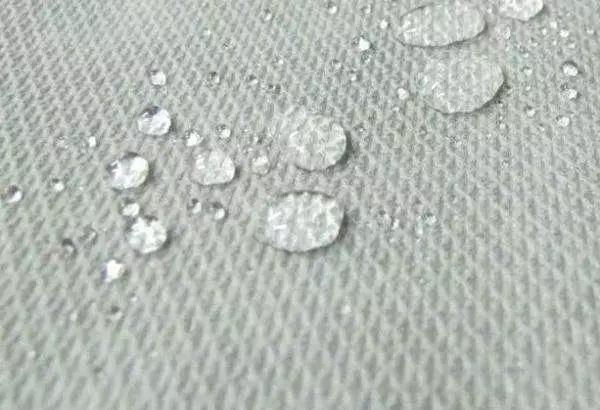Source: Link Testing Instruments Co.,Ltd.
The barrier property to external water vapor (that is, moisture barrier) is an important performance index of various materials such as building materials. The water vapor transmission rate of the material can be tested and analyzed to prevent and solve the problems of material aging and corrosion caused by water vapor.

Waterproof and breathable membrane is a new type of polymer waterproof material, which is used in different industries, such as the construction industry, to prevent moisture, help the rapid discharge of water vapor, protect and maintain the thermal performance of the structure. In the automotive industry, it is to provide lasting protection for the lamp from the intrusion of external water vapor, dust, oil and other contaminants, and at the same time, because of its specific and unique ventilation function, the gas can be exchanged with the change of pressure, thereby reducing the pressure on the seal. pressure and extend the service life of auto parts. It can be seen from its application that the waterproof breathable membrane should have high waterproof performance. Therefore, each manufacturer should strengthen the regular inspection of the water vapor transmission rate of the waterproof breathable membrane.
Test methods and instruments
At present, the test methods for the water vapor transmission rate of waterproof and breathable membranes include weighing method (cup method), electrolysis method, humidity method and infrared method. The reference method standards are GB 1037-1988 "Plastic Film and Sheet" Water Vapor Permeability Test Method Cup Method, GB/T 21529-2008 Determination of Water Vapor Transmission Rate of Plastic Films and Sheets - Electrolytic Sensor Method, GB/T 30412-2013 Water Vapor Permeability of Plastic Films and Sheets Moisture Sensor Method for Determination of Rate", GB/T 26253-2010 "Infrared Detector Method for Determination of Water Vapor Transmission Rate of Plastic Films and Sheets". This article refers to the standard GB 1037-1988 based on the weighing method.
The testing equipment used in this paper is Link Testing water vapor transmission rate tester LTWTC-203H
Test principle: This equipment adopts the principle of weighing method. During the test, the sample is clamped in a moisture-permeable cup, and a certain humidity difference is formed on both sides of the sample. The moisture pass through the sample to the low-humidity side, and by measuring the change of the weight of the moisture permeable cup with time, parameters such as the water vapor transmission rate of the sample can be obtained.
Test samples and test procedures
Test sample: The sample is a waterproof breathable membrane provided by a company.
Experimental procedure:
(1) Cut out 3 samples with a diameter of 74 mm from the surface of the sample.
(2) Clamp the sample pieces in 3 permeable cups respectively, then place them on the permeable cup brackets inside the equipment respectively, and close the test chamber door.
(3) Set parameters such as sample name, sample thickness, test temperature, and test humidity, and click the "Start Test" option.
(4) After the test, the instrument automatically calculates and displays the test results.
Test Results and Analysis
The water vapor transmission rates of the three samples tested this time are: 4307.12 g/(m2·24h), 4382.67 g/(m2·24h), and 4408.86 g/(m2·24h).
The water vapor transmission rate tester LTWTC-203H is a professional water vapor transmission rate tester for waterproof and breathable membrane testing. The equipment is simple to operate, has high test accuracy and good repeatability, and can truly reflect the moisture resistance performance of waterproof and breathable membrane materials.
For more details please visit www.linktesting.org